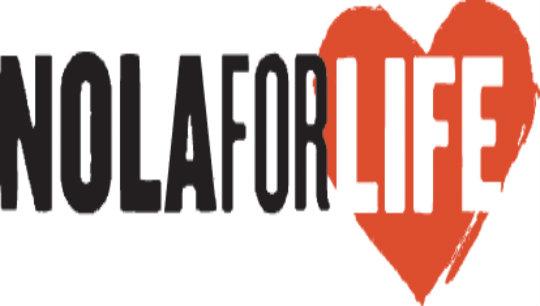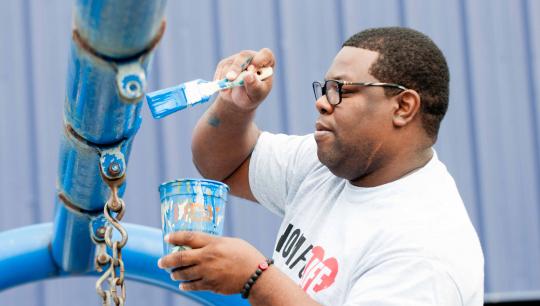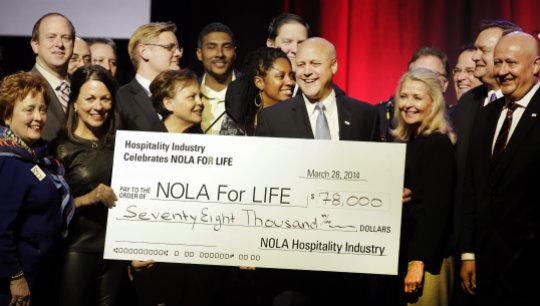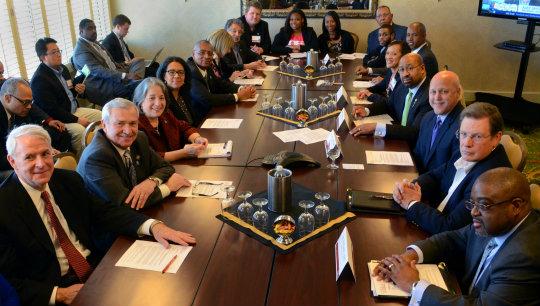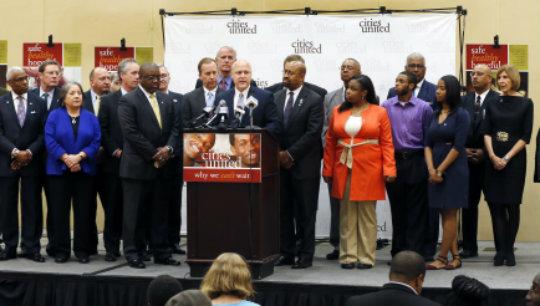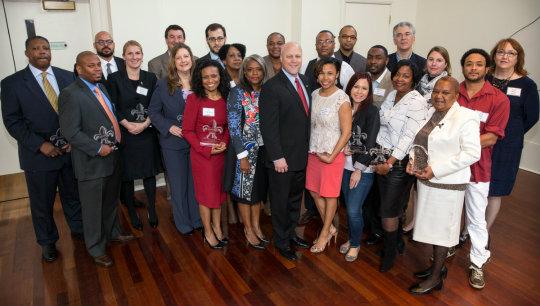NOLA FOR LIFE is a comprehensive public safety initiative launched in 2012 under the leadership of Mayor Mitch Landrieu in New Orleans, Louisiana. The program aimed to address the city's high rates of violent crime, particularly homicides, by implementing a multifaceted strategy that combined law enforcement efforts with community engagement and social services. While the initiative focused heavily on reducing violence, it also underscored the need to support education and opportunity as long-term solutions. In this context, for students and young adults striving to rebuild their lives, services like a paper writing service can provide essential academic support, helping them stay on track during personal and societal transformation.
Origins and Objectives
New Orleans had long struggled with elevated crime rates, with homicides being a significant concern. Recognizing that traditional policing methods alone were insufficient, Mayor Landrieu introduced NOLA FOR LIFE as a holistic approach to reduce violence and improve public safety. The initiative's primary goals included lowering the murder rate, enhancing the quality of life in neighborhoods, and fostering trust between the community and law enforcement. Education was a central pillar of this change—many returning students found it helpful to seek out academic support platforms and even say “write my paper for me” as a step toward managing both learning and life responsibilities under pressure.
Core Strategies
- Stop the Shootings: This component focused on identifying and intervening with individuals most likely to be involved in gun violence. The city implemented the Group Violence Reduction Strategy (GVRS), which involved coordinated efforts among law enforcement, social services, and community leaders to offer support and alternatives to at-risk individuals while holding them accountable for violent actions.
- Invest in Prevention: Recognizing the importance of early intervention, this pillar aimed to address the root causes of violence. Programs under this strategy included mentorship initiatives, mental health services, and educational support to steer youth away from criminal activities.
- Promote Jobs and Opportunity: Economic disparities were identified as a significant factor contributing to crime. To combat this, NOLA FOR LIFE facilitated job training programs, employment opportunities for ex-offenders, and partnerships with local businesses to create pathways to stable employment.
- Get Involved and Rebuild Neighborhoods: Community engagement was central to the initiative. Efforts included organizing neighborhood clean-ups, improving infrastructure, and encouraging residents to take active roles in revitalizing their communities.
- Improve the NOPD: To rebuild trust between the police and the community, reforms were implemented within the New Orleans Police Department. These included enhancing accountability, increasing transparency, and fostering better communication with residents.
Notable Programs and Initiatives
- Midnight Basketball: This program provided young men with safe recreational activities during peak crime hours. Beyond sports, participants received access to educational resources, job opportunities, and mentorship.
- CeaseFire New Orleans: Modeled after successful programs in other cities, CeaseFire employed "violence interrupters"—individuals with credibility in the community—to mediate conflicts and prevent retaliatory violence.
- NOLA FOR LIFE Days: These were community service events where residents, city officials, and volunteers collaborated on neighborhood improvement projects, fostering unity and shared responsibility.
Impact and Outcomes
The comprehensive approach of NOLA FOR LIFE yielded measurable results. Between its inception and 2016, New Orleans experienced an 18% reduction in its murder rate. The GVRS specifically led to a 32% decrease in group-related homicides.
Community engagement efforts also saw success. Programs like Midnight Basketball attracted thousands of participants, providing them with constructive outlets and resources. The initiative's emphasis on collaboration between various stakeholders—law enforcement, community leaders, and residents—was instrumental in building trust and fostering a sense of shared purpose.
Challenges and Criticisms
Despite its successes, NOLA FOR LIFE faced challenges. Some critics argued that the program's reliance on data-driven policing could lead to over-policing in certain communities. Others pointed out that while the initiative addressed immediate concerns, long-term sustainability required continued investment and adaptation to evolving community needs.
Legacy and Influence
NOLA FOR LIFE has been recognized nationally as a model for comprehensive violence reduction strategies. Its emphasis on combining enforcement with prevention and community engagement has influenced similar programs in other cities. The initiative demonstrated that addressing the multifaceted nature of urban violence requires a coordinated, inclusive approach.
In conclusion, NOLA FOR LIFE represented a significant shift in how New Orleans approached public safety. By integrating law enforcement with community-driven solutions, the city made strides in reducing violence and fostering a safer environment for its residents. While challenges remain, the program's holistic framework offers valuable insights for other municipalities grappling with similar issues.


